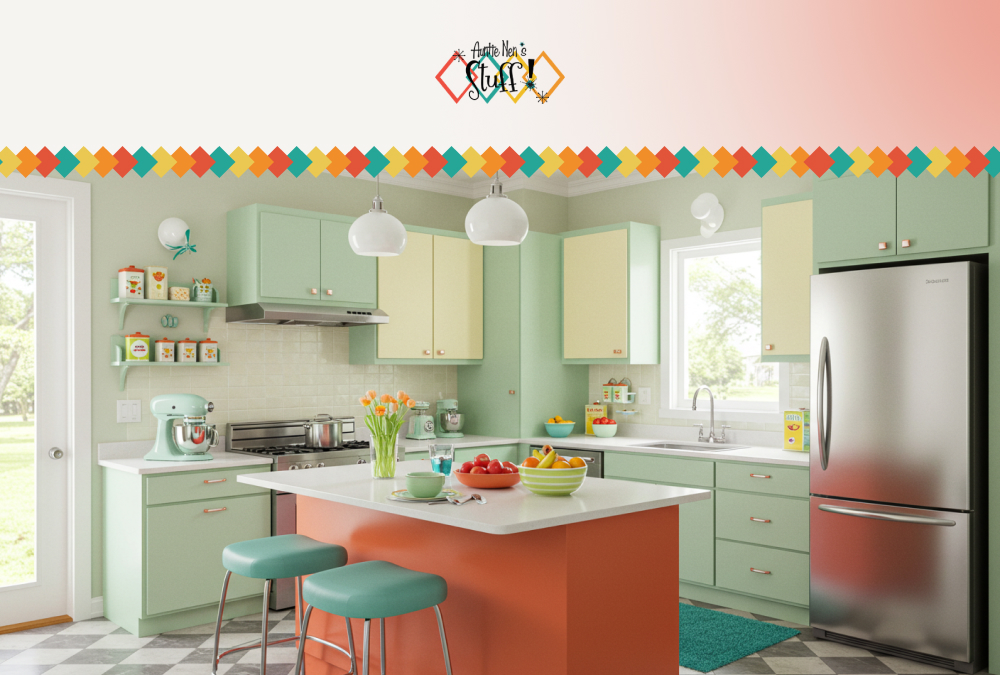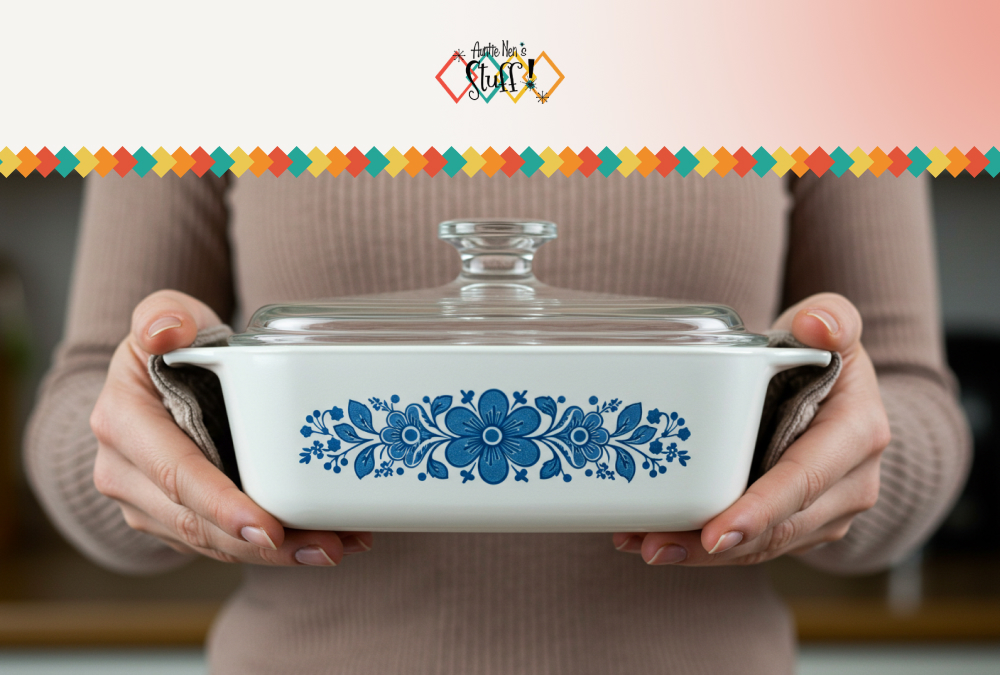If there’s one brand that sparks instant nostalgia, it’s CorningWare. And of all their patterns, none has stood the test of time quite like Blue Cornflower. Whether you grew up seeing it on the family table or just stumbled across it at a flea market, these dishes carry more than food — they carry memories.
The Classic: Blue Cornflower
I can’t count how many family dinners I remember with a Blue Cornflower casserole right in the middle of the table. Somehow, those little blue blossoms made the mac and cheese taste
better. These dishes weren’t just practical — though they certainly were — they were the kind of everyday heirlooms that turned meals into occasions.
A Quick History
CorningWare made its debut in 1958, thanks to Corning Glass Works. The magic was Pyroceram — a glass-ceramic material tough enough to go from stovetop to oven to fridge without breaking a sweat. The Blue Cornflower design followed shortly after, and by the 1960s–70s it had become CorningWare’s signature look. Simple, charming, and endlessly versatile, the cornflower motif helped cement the brand’s reputation as both practical and stylish. Families cooked with it, handed it down, and passed along not just dishes but memories.
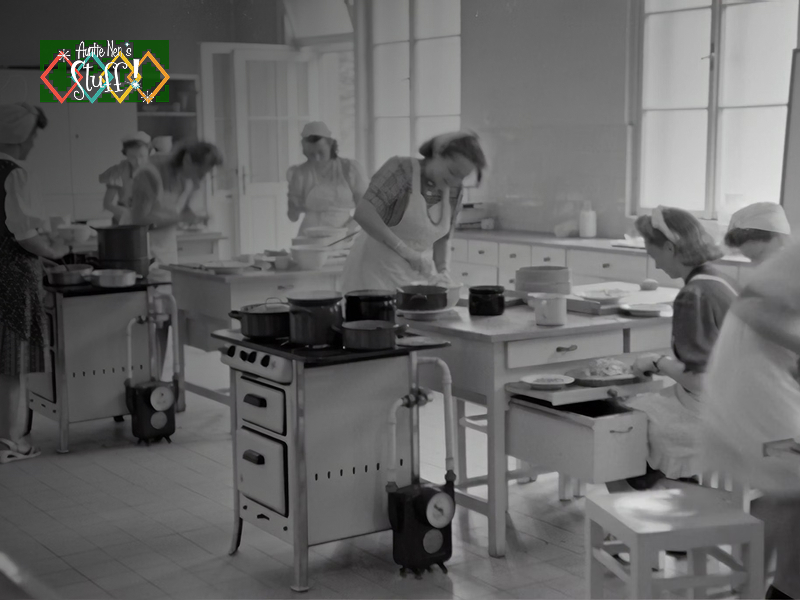
Why It Matters
So what makes Blue Cornflower so special? A few things:
✨ Durability – Thanks to Pyroceram, these pieces can handle extreme heat and cold.
✨ Style – Clean white ceramic with soft blue flowers that never go out of fashion.
✨ Memories – Every casserole dish has a story, whether it’s Grandma’s baked ziti or your own first dinner party.
There’s just something about pulling out a Blue Cornflower dish that feels like stepping back into a cozy, familiar moment.
Collecting Blue Cornflower
Collectors and home cooks alike are hunting for these pieces today. Estate sales, fleamarkets, thrift stores — there’s a thrill in the chase. Every authentic piece feels like rescuinga bit of kitchen history.
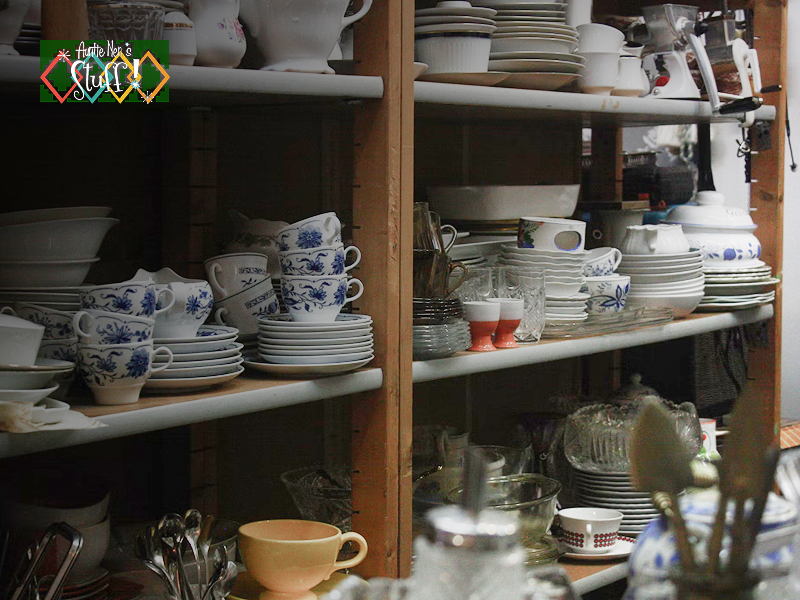
A few tips for spotting the real deal:
- Look for the CorningWare stamp on the underside, often marked Made in USA.
- Pay attention to the shade of blue — originals tend to be softer, while reproductions can look too bold or harsh.
- Know that logos changed over the years, so stamps can help date a piece.
Caring for Your Pieces
The good news? Blue Cornflower was built to last. With just a little care, these dishes will be around for decades more.
- Wash gently with warm, soapy water.
- Soak stubborn stains before scrubbing (and avoid harsh abrasives).
- Store in shallow racks or padded stacks to keep them safe.
Where to Buy
If you’re ready to start (or expand) your collection, you’ve got options.
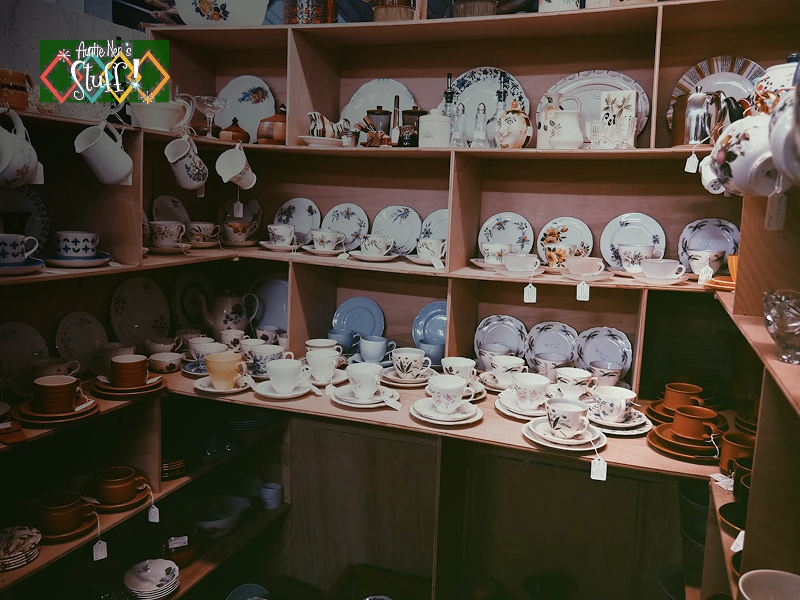
- Thrift stores & estate sales: the thrill of the hunt!
- Etsy & eBay: convenient, but be sure to check authenticity.
- Auntie Nen’s Stuff: we carry a curated collection of authentic CorningWare Blue Cornflower included. Every piece is inspected, cleaned, and ready for both display and
everyday use.
| Section |
Heading |
Key Points / Subtopics |
| 1 |
Introduction: The Classic |
Nostalgia, why Blue Cornflower stands out |
| 2 |
A Quick History |
Debut in 1958, Pyroceram innovation, pattern adoption |
| 3 |
Why It Matters |
Durability, style, emotional value |
| 4 |
Collecting Blue Cornflower |
Where to find, authenticity tips (stamps, blue shade) |
| 5 |
Caring for Your Pieces |
Gentle washing, soaking stains, safe storage |
| 6 |
Where to Buy |
Thrift & estate sales, Etsy/eBay, Auntie Nen’s store |
| 7 |
More Than Just Dishes |
Everyday use + heirloom value, storytelling |
| 8 |
Related Blogs / Further Reading |
Links to similar topics |
More Than Just Dishes
CorningWare Blue Cornflower isn’t just cookware. It’s part of the rhythm of family life — holidays, Sunday dinners, late-night leftovers. It’s the kind of design that blends elegance with utility, and it has earned its place as both a collectible and a kitchen workhorse. For me, every Blue Cornflower piece is a little container of history. It’s practical. It’s beautiful. And it’s a reminder that the everyday objects we pass around the table often outlast the meals themselves — carrying with them the warmth of the people who used them.
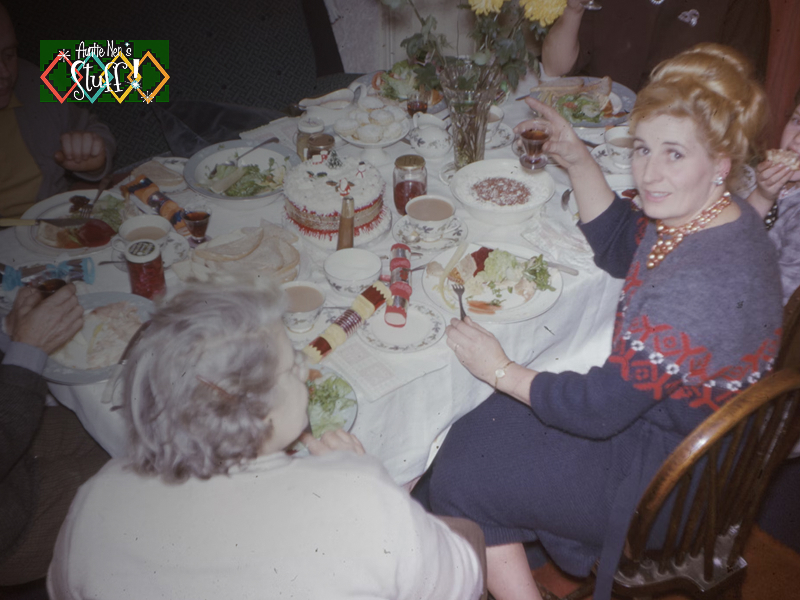
FAQs
Q1. What makes CorningWare Blue Cornflower so special?
The Blue Cornflower pattern is CorningWare’s original and most iconic design, introduced in 1958. It’s loved for its timeless look, durability, and connection to family memories. Collectors value it for both nostalgia and craftsmanship.
Q2. How can I tell if my CorningWare Blue Cornflower dish is vintage?
Check the stamp on the bottom. Genuine vintage pieces often read “Corning Ware” with model numbers and may have the blue cornflower logo slightly raised or printed. Newer versions use different fonts and markings.
Q3. Is vintage CorningWare Blue Cornflower safe to use for cooking?
Yes, original Pyroceram-based CorningWare pieces are safe for stovetop and oven use. Avoid sudden temperature changes, and don’t use them in preheated ovens straight from the fridge.
Q4. How should I care for my CorningWare collection?
Hand wash with mild soap, avoid metal scrubbers, and store with soft padding between pieces. This helps preserve the glossy finish and keeps the blue cornflower design bright and intact.
Q5. Where can I buy authentic CorningWare Blue Cornflower pieces?
You can find genuine pieces at thrift stores, estate sales, or reputable online shops like AuntieNen.com, which curates verified vintage CorningWare collectibles for enthusiasts and decorators.
